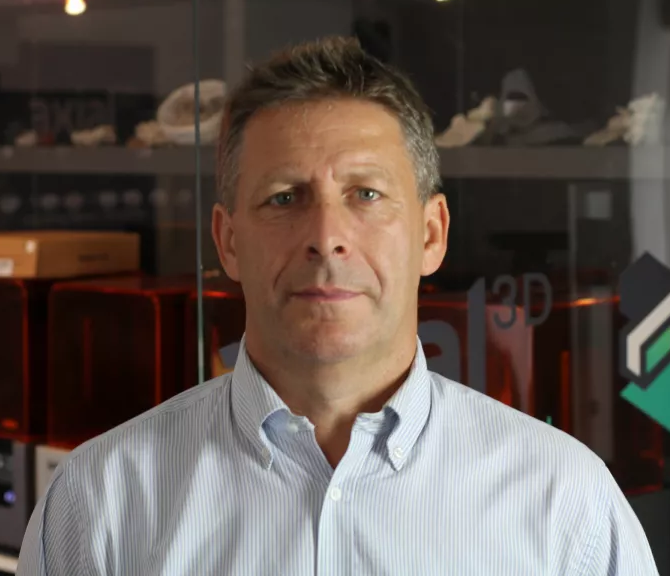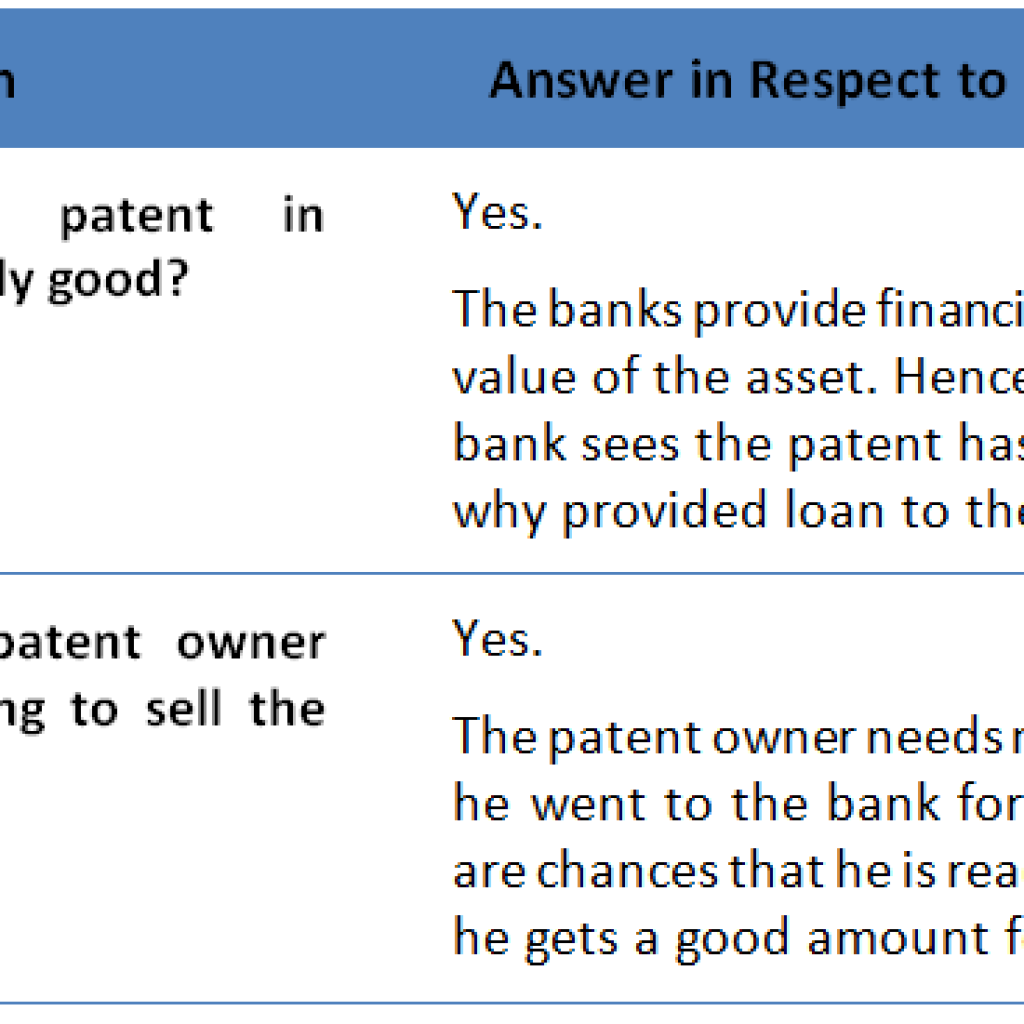Traditional 2D imaging techniques like CT and MRI scans can be challenging for surgeons to interpret accurately. They lack depth, making it difficult to gauge spatial relationships between anatomical structures accurately. Also, they can distort anatomical structures’ true shape and size, leading to potential errors in surgical planning.
3D imaging technology offers several advantages that help overcome these challenges. These models provide a true-to-life representation of anatomical structures, allowing surgeons to see the depth and spatial relationships between tissues and organs. 3D models accurately represent anatomical structures’ shape, size, and position, minimizing the risk of errors in surgical planning.
We spoke to Roger Johnston, the CEO of Axial3D, to better understand how transforming existing 2D images to 3D can improve surgical processes. This interview is part of our Scouted campaign, highlighting pioneers and innovators making noteworthy strides in an industry.
This interview is part of GreyB’s Scouted series. In this series, we spotlight innovative startups and speak to their founders about how their solutions can revolutionize the industry by solving problems. You can find all those interviews here in text and video format.
Author’s Note: Here’s a report on 5 AR/VR surgical navigation startups innovating the medical industry.
We believe that 3D fundamentally will replace 2D imaging in all cases; there will be no situations where 2D is better than 3D
– Roger Johnston

Roger Johnston is the CEO of Axial3D. He has a diverse professional background spanning over thirty years in technology. Before becoming CEO, Roger was an investor and advisor to Axial3D’s Board. His expertise includes sales and marketing, business strategy, corporate development, and market positioning. Roger’s leadership has been recognized in the industry, and he was listed among the Top 50 Healthcare Technology CEOs of 2022 by Technology Innovators Magazine.
Overview: How Axial3D is Revolutionizing Medical Imaging with 3D Technology
Axial3D is a pioneering medical imaging company that converts 2D medical scans into highly precise 3D models. Their technology aims to improve surgical planning, patient education, and the development of patient-specific medical devices. By leveraging artificial intelligence and machine learning, Axial3D is setting new standards in medical care and working towards making patient-specific treatments the norm.
Listen in on our full conversation with Roger!
Here are the highlights from the full interview.
What exactly does Axial3D’s technology do?
Our technology transforms 2D medical scans, such as MRIs and CT scans, into highly accurate 3D models. We use advanced AI and machine learning algorithms to identify and understand every pixel in these scans, achieving 99.9% pixel recognition accuracy. This allows us to create detailed 3D representations of a patient’s anatomy, including internal structures.
The precision of our 3D models goes beyond visualization. We can provide crucial information about tissue density, exact dimensions, and other characteristics vital for diagnosis and treatment planning. This level of detail enables surgeons to make more informed decisions and helps develop patient-specific medical devices.
How does Axial3D’s imaging technology benefit patients and healthcare providers?
Our technology benefits patients and healthcare providers in several ways. For patients, it provides a clearer understanding of their condition and planned treatments. Instead of trying to interpret complex 2D scans, patients can see and understand 3D models of their anatomy.
For healthcare providers, our technology enhances surgical planning and diagnosis. Surgeons can visualize complex anatomical structures before surgery, potentially reducing operating times and improving outcomes. In some cases, such as pediatric cardiac surgeries, our 3D models enable procedures previously considered too risky. We also see our technology integrated into robotic surgery systems, improving precision in complex procedures.
What are Axial3D’s plans for expansion and growth?
Our mission is to make highly precise 3D imaging technology accessible to millions of patients worldwide, regardless of their location or ability to pay. To achieve this, we’re focusing on partnerships with major medical device and imaging companies. These partnerships allow us to integrate our technology into existing healthcare systems and reach a global patient base faster than we could alone.
We’re also working on making our technology more scalable and cost-effective. We aim to make patient-specific 3D imaging and medical devices the new standard of care available at the same cost as current generic options. This involves continued innovation in our AI algorithms and collaboration with partners in areas like 3D printing and materials science.
What challenges has Axial3D faced in bringing this technology to market?
One of our main challenges has been scaling the technology while maintaining its precision and adhering to strict medical regulations. We’ve had to develop highly automated processes that can handle thousands of models in parallel while meeting FDA and ISO standards for medical devices.
Another challenge has been navigating the regulatory landscape, especially as we integrate AI into medical imaging. We’re working closely with regulatory bodies like the FDA to help establish best practices for AI-enabled medical technologies. It’s a complex process, but it’s crucial for ensuring the safety and efficacy of our products.
What is Axial3D’s stance on patents and intellectual property?
We view intellectual property as crucial to our business. Since founding in 2016, we’ve pursued patents to protect our core technologies. Currently, we have around 20 approved patents with the US Patent Office, which are fundamental to our ability to scale medical 3D imaging technology.
Our patents serve multiple purposes. They protect our investments and innovations and provide our customers and partners with the freedom to operate. This is particularly important in the medical field, where regulatory approval processes can be lengthy and expensive. By partnering with us, other companies can leverage our patented technologies to bring innovative products to market more quickly and securely.
Get featured in Scouted by GreyB. Join a conversation with our experts and showcase your groundbreaking technology.
Book your slot today!
Meet our Interviewer – Vikas Jha, AVP, Solutions at GreyB

Vikas Jha is an experienced tech consultant focused on intellectual property consulting. With expertise in diverse domains like Telecom, Navigation, and Medical Devices, he helps clients navigate innovation challenges. His ability to bridge technology, innovation, and leadership makes him a valuable resource in the evolving tech landscape. Vikas has been featured on CNBC for his insights on next-gen technologies like space tech.
Click here for more startups interviewed by GreyB.
Authored By: Hemanth Shenoy, Market Research










